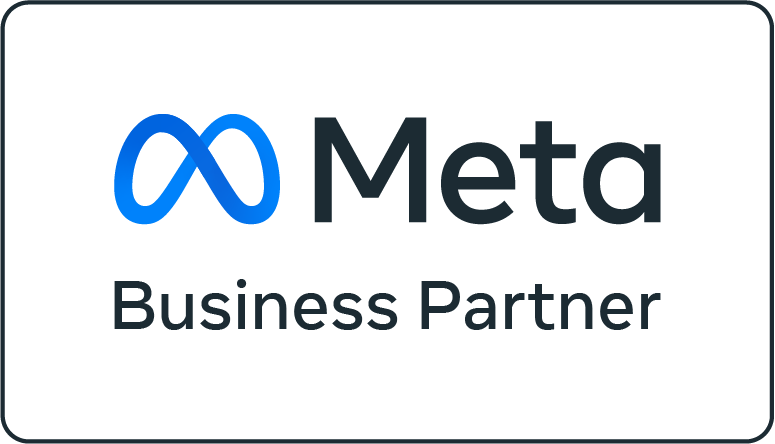Do Super Bowl Ads Still Matter?
The Super Bowl is a major day in sports and TV viewership in the United States with approximately 99 million (Nielsen, 2020) people tuning in to the 2020 spectacle. As streaming is becoming more prominent & the continued decline in viewership of the Super Bowl over the years, some may ask the question “Do Super Bowl ads still matter?” Of those 99 million viewers, some people are tuned in mainly for the commercials and the social aspect of watching the “Big Game” with friends. When I say “watching….with friends,” this includes interacting with others on social media. Those viewership numbers don’t tell all with over 44 million social media interactions. When looking at total exposures of Super Bowl viewership and online views this is why these ads still matter and why the price of each spot has increased about 100% in the last decade.
What’s The Purpose of The Ads
With the approximate cost of a 30-second Super Bowl ad spot of $5.6 million (USA Today, 2020), there will be a lot of discussion on what the purpose of running these ads are. Although some studies have shown that companies with Super Bowl ads don’t see an increase in sales, that doesn’t deter advertisers because some companies look at these ad spots as awareness campaigns for their brands, products & services to a wide-range audience hoping to resonate with loyal customers and possible new audiences.
| Year | Cost Per 30-Seconds (In Millions) |
| 2020 | $5.6 MM |
| 2010 | $2.8 MM |
In the past, we’ve seen Super Bowl ads and/or characters go viral on social media which is another aspect of the commercials that companies realize could lead to further exposure. In the past few years, we’ve also started seeing some companies release their Super Bowl ads early in hopes of generating long-term buzz and outdoing their competitors with extended awareness along with continued exposure during the Super Bowl.
Leading up to this year’s Super Bowl, we saw the death of Planters’ famous mascot, Mr. Peanut which saw a bit of viral success with other brands and people interacting with the news on social media. Then during the Super Bowl, we saw the emergence of Baby Nut, the new mascot for Planters with ongoing interactions with people on social media, asking for suggestions on what the cute new character should do in real-time. With so many options to pick from when shopping around, this plan by Planters shows a brand thinking long-term and utilizing multiple platforms to connect with customers. Although Baby Nut isn’t quite as cute as Baby Yoda, this is definitely a character people can enjoy.

How Can Small Companies Get Involved
So, let’s say you’re one of those companies who doesn’t happen to have $5.6 million (How dare you?!) to purchase a 30-second ad spot, what do you do? Outsmart The Competition: It’s easy to say “just outsmart the competition” without giving you some type of idea of what to do. Because you made it this far into the blog post, here’s some knowledge on how other companies have gotten a leg up on the competition:
Find a cause to get behind: Some of the most sentimental ads have been considered the best ads in recent years because they cause that emotional connection and are usually fresh in the mind of consumers when looking into a specific category of products and/or services. An example of finding a cause is Michelob Ultra’s 6 for 6-pack. The focus of this ad was transitioning 6 square feet of farmland to being organic for every 6 pack of Michelob Ultra that is purchased. This may not connect to every single person who watches the ad but it takes a stand for something.
An example of a company building buzz through connection to a cause without utilizing the Super Bowl is American Express’s small business Saturday viral marketing that started back in 2010. This came during a recession encouraging people to shop at the local businesses the Saturday after Black Friday with American Express offering a $25 credit for shoppers who used their cards at those businesses. Facebook was used as the center of the movement providing local businesses the tools to promote the day with customers also showing support. Over 250,000 people signed up with government officials across the nation supporting the cause and proclaimed November 27, 2010, Small Business Saturday. Small businesses saw a 28% increase in sales of American Express cardholders. In 2011, the Senate passed a bill in support of the day with all 50 states participating. This campaign saw so much success that it crossed the Atlantic and the United Kingdom adopted Small Business Saturday in 2013.
As of 2019, the day saw a record high spend of $19.6 billion. With this in mind, “small” companies can create an ad and release it on social media and pre-big game tv spots at a fraction of the cost of simply buying a Super Bowl ad spot. Execution of this happened in this year’s Super Bowl. Small companies can take the same approach with whatever charity aligns with their brand but the major difference here will be the platform the ad is released on.
Play by your own rules: Cliché as it may be, there’s a reason so many people use the phrase. In this case, companies can consider alternative uses for those funds such as using a fraction of the $5.6 million to run a large scale giveaway. Volvo did this in 2015 and instead of bidding against competitors for ad spots, they focused their efforts on social media by giving away a car every time there was a car ad during the 2015 Super Bowl. Volvo ended up giving away 5 cars with an approximate value of $38,000 each bringing their total spend to $190,000. They found a way to get involved in the Super Bowl and spent less money than an ad spot while building awareness of their product through word of mouth.
Maximize your social media presence: As stated a few times in this article already, being top of mind is crucial for all companies. One of the easiest ways to do this is by being active on social media, online influencers find a way to have millions of followers from nothing so what’s stopping a company with a built-in niche from doing so. Constantly interacting with your target audience and getting involved in trending topics is a good gateway to building a larger audience and resonating with potential customers. WARNING: Make sure to find the right balance of fun & witty without offending your audience. Many companies have crossed this line and left a stain on their brand image.
Sources
https://www.nielsen.com/us/en/press-releases/2020/super-bowl-liv-draws-nearly-100-million-tv-viewers-44-million-social-media-interactions/ https://ftw.usatoday.com/2020/02/how-much-does-a-2020-super-bowl-commercial-cost
https://ftw.usatoday.com/2020/02/how-much-does-a-2020-super-bowl-commercial-cost
https://www.theatlantic.com/business/archive/2017/02/super-bowl-ads-waste-5-million/515682/



